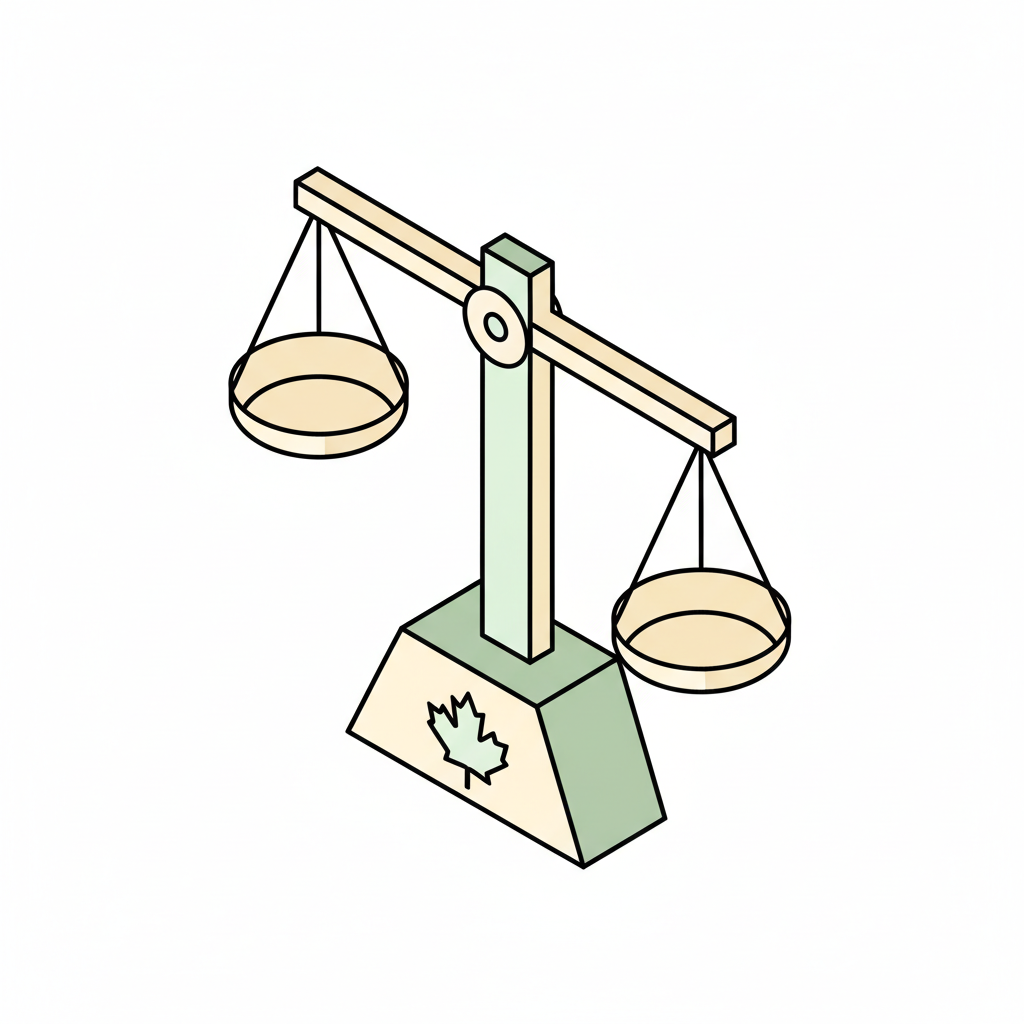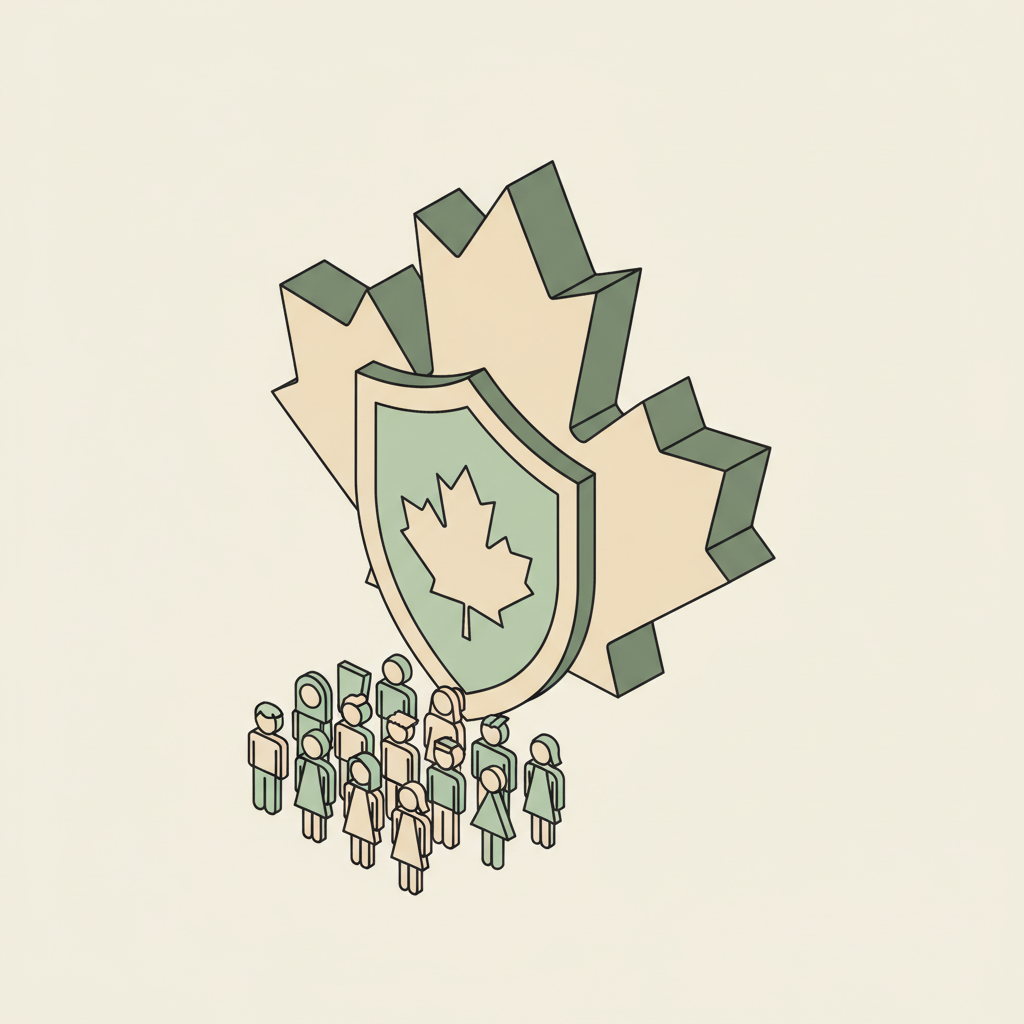A Historic Challenge for the Nation
Canada is now reflecting on its second worst wildfire season in history, a devastating period that saw more than 8.3 million hectares of land burn. According to a recent update from the Government of Canada, the scale of the crisis forced over 85,000 people from their homes across nearly every province and territory.
The impact on First Nations communities was particularly severe, accounting for over 45,000 of the evacuees from 73 different communities. This means more than half of all people forced to flee the fires were from First Nations.
“This wildfire season has been especially devastating for First Nations across the country,” said Mandy Gull-Masty, Minister of Indigenous Services. “I witnessed courage and resolve in the face of extraordinary conditions. My department and I are steadfast in our commitment to supporting First Nations during emergencies and recovery.”
East Coast Connections
While the worst fires raged in other parts of the country, the federal response extended to our region. The government detailed multiple Requests for Federal Assistance from Atlantic Canada, including three from Nova Scotia for support with accommodations and logistics, and one from Newfoundland and Labrador. In Newfoundland and Labrador, the Canadian Armed Forces and the Canadian Coast Guard provided essential incident management and evacuation support.
A Coordinated National and International Effort
The response to the more than 6,000 wildfires was a massive undertaking. It involved a strong collaboration between all levels of government, coordinated through the Canadian Interagency Forest Fire Centre (CIFFC). The effort was bolstered by the Canadian Armed Forces, humanitarian organizations like the Canadian Red Cross, and more than 1,590 international firefighters who arrived to help battle the blazes.
“This year’s wildfires have impacted every part of the country,” stated Eleanor Olszewski, Minister of Emergency Management and Community Resilience. “Firefighters, emergency crews, volunteers, and local leaders have been working around the clock to keep people safe and support evacuees, and I want to thank them for everything they’ve done.”
Rebuilding and Preparing for the Future
With the most active part of the season over, the focus is shifting from response to recovery and future prevention. The federal government is supporting communities through its modernized Disaster Financial Assistance Arrangements (DFAA) program, which helps cover the extraordinary costs of rebuilding homes and infrastructure.
Looking ahead, Ottawa is investing over $800 million in initiatives aimed at strengthening wildfire prevention and mitigation. This includes the creation of the Wildfire Resilience Consortium of Canada to improve knowledge sharing and accelerate the use of new technology in wildfire management.
Frequently Asked Questions
How severe was the 2025 wildfire season in Canada?
It was the second worst wildfire season in the country’s history. Over 6,000 wildfires burned more than 8.3 million hectares of land and led to the evacuation of over 85,000 people.
How were First Nations communities affected?
First Nations communities were disproportionately affected. Over 45,000 people from 73 First Nations communities were evacuated, representing more than half of all evacuees nationwide.
Did the wildfires impact Atlantic Canada?
Yes, while the largest fires were elsewhere, federal assistance was requested by both Nova Scotia and Newfoundland and Labrador to help manage their wildfire situations, including support from the Canadian Armed Forces and Canadian Coast Guard.
What financial help is available for communities that were damaged?
The federal government’s Disaster Financial Assistance Arrangements (DFAA) program helps provinces and territories cover the costs of rebuilding homes, restoring infrastructure, and implementing measures to protect against future disasters.
What is being done to prevent future wildfire seasons from being this bad?
The Government of Canada is investing over $800 million in new initiatives. These include the Wildfire Resilience Consortium of Canada, which will bring together experts to share knowledge and improve wildfire prevention, mitigation, and response strategies.




0 Comments